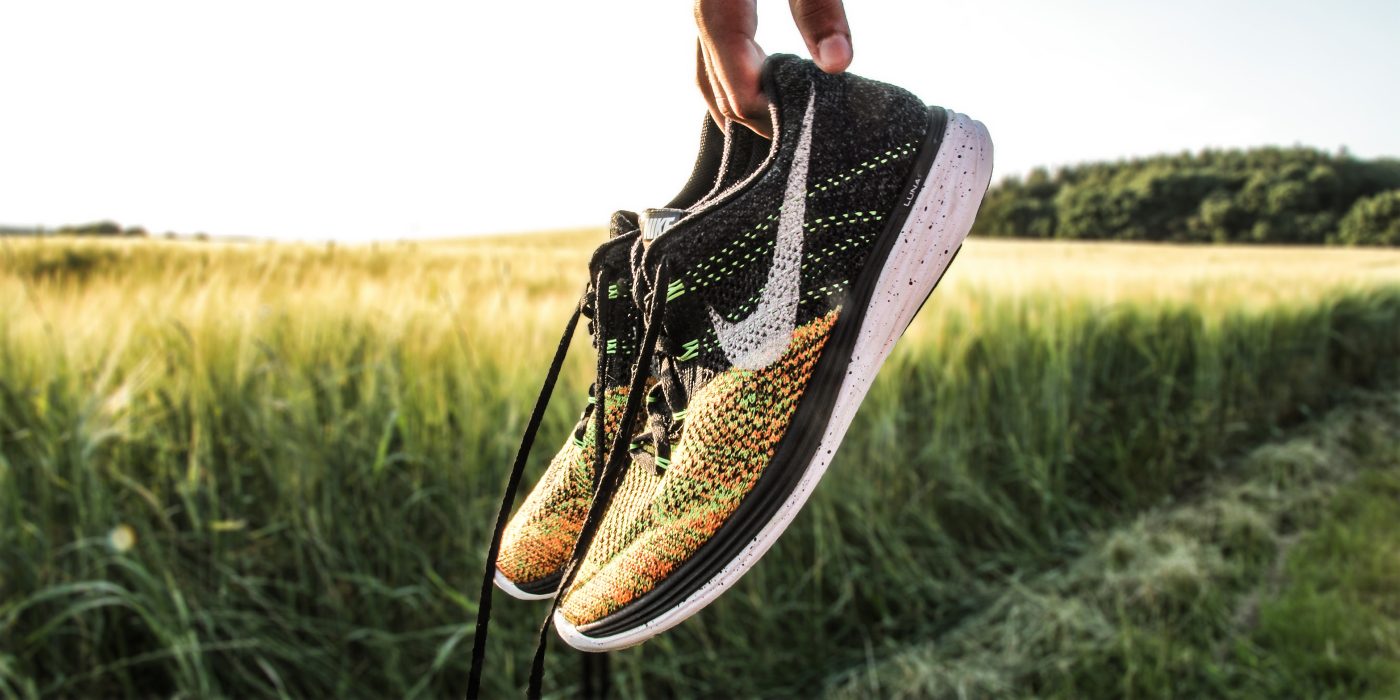 Whether preparing for a full or half marathon, most of us follow some sort of training plan that lasts roughly 14 to 18 weeks. Throughout the training plan we put stress on our body and mind in order to make adaptations that hopefully make us stronger, better runners. Or, more accurately, we spend 13 to 17 weeks putting the stress of running on our body and mind–and then we spend the final week stressing almost exclusively about two things: race day weather, and what we’ll wear that day. The bad news here is that we can only control one of those two stressors. The good news is that if we address our clothing and gear properly, we can mitigate any problems that might be presented by less-than-ideal weather.
Whether preparing for a full or half marathon, most of us follow some sort of training plan that lasts roughly 14 to 18 weeks. Throughout the training plan we put stress on our body and mind in order to make adaptations that hopefully make us stronger, better runners. Or, more accurately, we spend 13 to 17 weeks putting the stress of running on our body and mind–and then we spend the final week stressing almost exclusively about two things: race day weather, and what we’ll wear that day. The bad news here is that we can only control one of those two stressors. The good news is that if we address our clothing and gear properly, we can mitigate any problems that might be presented by less-than-ideal weather.
It would be nice if there was a specific go-to outfit that you could point to as a “perfect race-day kit” and just be done with it. Unfortunately, all of us are different and require different features from our running gear to perform our best. Very fast runners generate more heat, and therefore typically require less coverage than those runners who are more leisurely. Other differences might be just matters of personal preference, where some people like to feel cool when they race and others prefer a temperature more consistent with, say, their living room (anything to get your mind off “the wall” at mile 20, right?).
Luckily, there are a few features and tips that just about anyone can benefit from:
- Synthetic, moisture-wicking fabrics will keep you as dry as possible–whether moisture is in the form of sweat or drizzle. While everyone has their individual preferences, we don’t meet too many people who like to run soaking wet.
- These same light fabrics reduce chafing and keep skin as comfortable as possible as you pile on the miles.
- Dress for temperatures that are slightly lower (10-20 degrees, roughly) than the actual race day temperatures. This is for two reasons: you’ll generate heat once you start running, and, of course the temperature will typically climb as your race goes on.
Outside of these three points that are fairly universal regardless of race day conditions, there are a few exceptional scenarios that you might want to consider:
- In extreme cold, consider choosing more or less the same outfit, but add a wind-breaker on top. Most often what chills us the most in the cold is the wind. If you’re running, your body will generate plenty of heat to keep you warm, and the wind-breaker will keep your skin from getting uncomfortably chilled.
- In extreme sun, don’t panic. If you’ve chosen high-quality running apparel, the UVA/UVB protection from the fabrics will keep you as cool as possible. Also, consider a cap or sunglasses–and not just to protect your eyes. Squinting in the sun will fatigue the muscles in your face over long periods–and while this might not be significant over a few minutes here and there while at the park or around town–over a five-hour foot race that can mean the difference between having a good time and never wanting to race again!
- Wear something you’re comfortable in–from a comfort and aesthetics standpoint. When you feel good and you’re confident, you will run better. It’s science!
All of these variables deserve attention, and we at Mercury Mile are focused on that last point. We take a runner’s personal preferences, training tendencies, race goals, and individual lifestyles, and use that information to put together personally curated boxes of the highest quality running apparel for race day–or all 18 weeks of training leading up to it. That way you can spend that 18th week getting prepared to run, not stressing about what you’ll wear.

